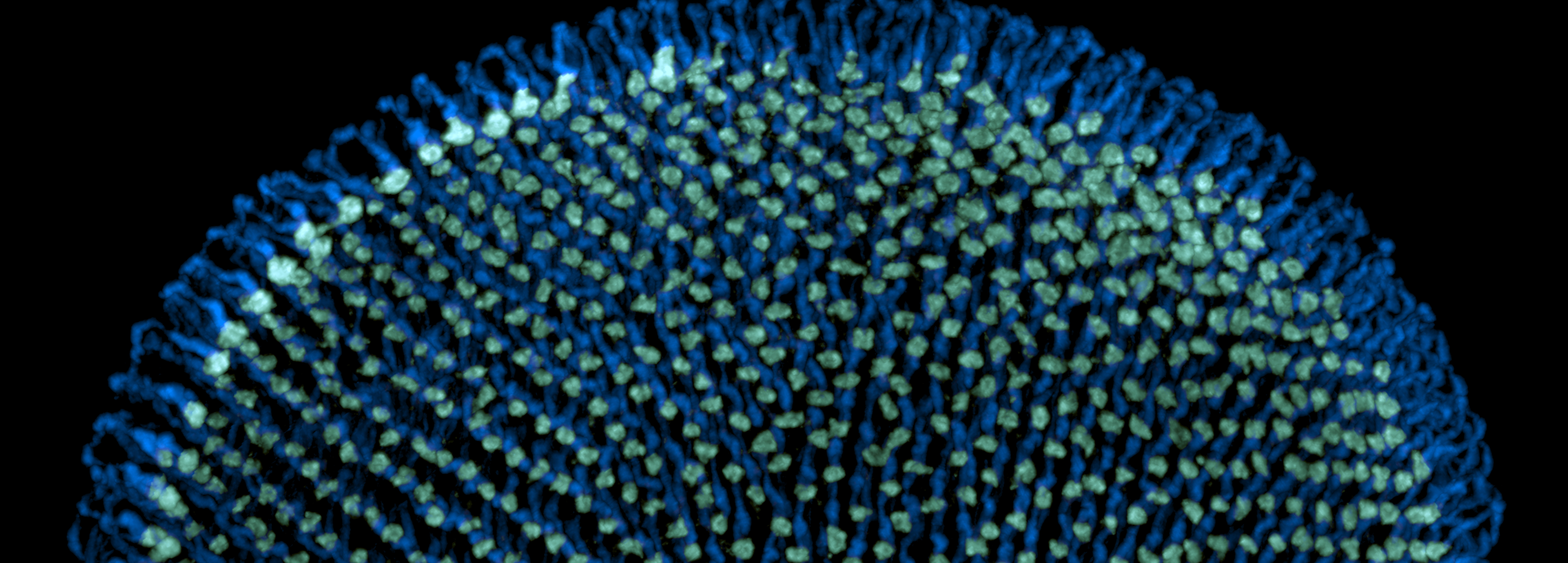Neuronal Robustness

Mechanisms Sustaining Neuronal Robustness
Neurons exhibit resilience to stress, both internally and externally, maintaining robustness even under the stress caused by excessive activity, commonly referred to as neuronal hyperactivity. However, this resilience to hyperactivity is not lifelong; it diminishes with age and is further compromised by neurodegenerative diseases like Alzheimer’s and Parkinson’s. A key question arises: what molecular events become critical under the stress of hyperactivity? To investigate this, we have been utilizing fruit flies’ optic neurons, functioning as photoreceptors, as a model system. Our research has replicated neuronal hyperactivity through short-term light stimulation, leading to reversible synaptic reorganization. This process has helped clarify its molecular mechanism (Neuron 86(3):711-25, 2015). We found that prolonged light stimulation leads to neurodegeneration. Consequently, we established an experimental system that enables quantitative monitoring of synaptic loss and axonal degeneration (J. Neurosci. 42(24):4937-4952, 2022). While this system is based on an artificially induced ‘light stress’ scenario, it effectively simulates the synaptic loss and axonal changes associated with neuronal hyperactivity, offering valuable insights into the pathology of various neurodegenerative diseases. Moreover, we developed an automated machine learning analysis program, MeDUsA (Hum. Mol. Genet. 32(9):1524-1538, 2023), which has been successful in quantifying neurodegeneration in a large number of samples. This degeneration is caused by the proteins such as Tau, aSyn, TDP-43, and Htt polyQ. Leveraging these findings, and using advanced synaptic analysis techniques alongside our neurodegeneration quantification system, we are dedicated to exploring the molecules essential for neuronal survival and elucidating their underlying mechanisms.
